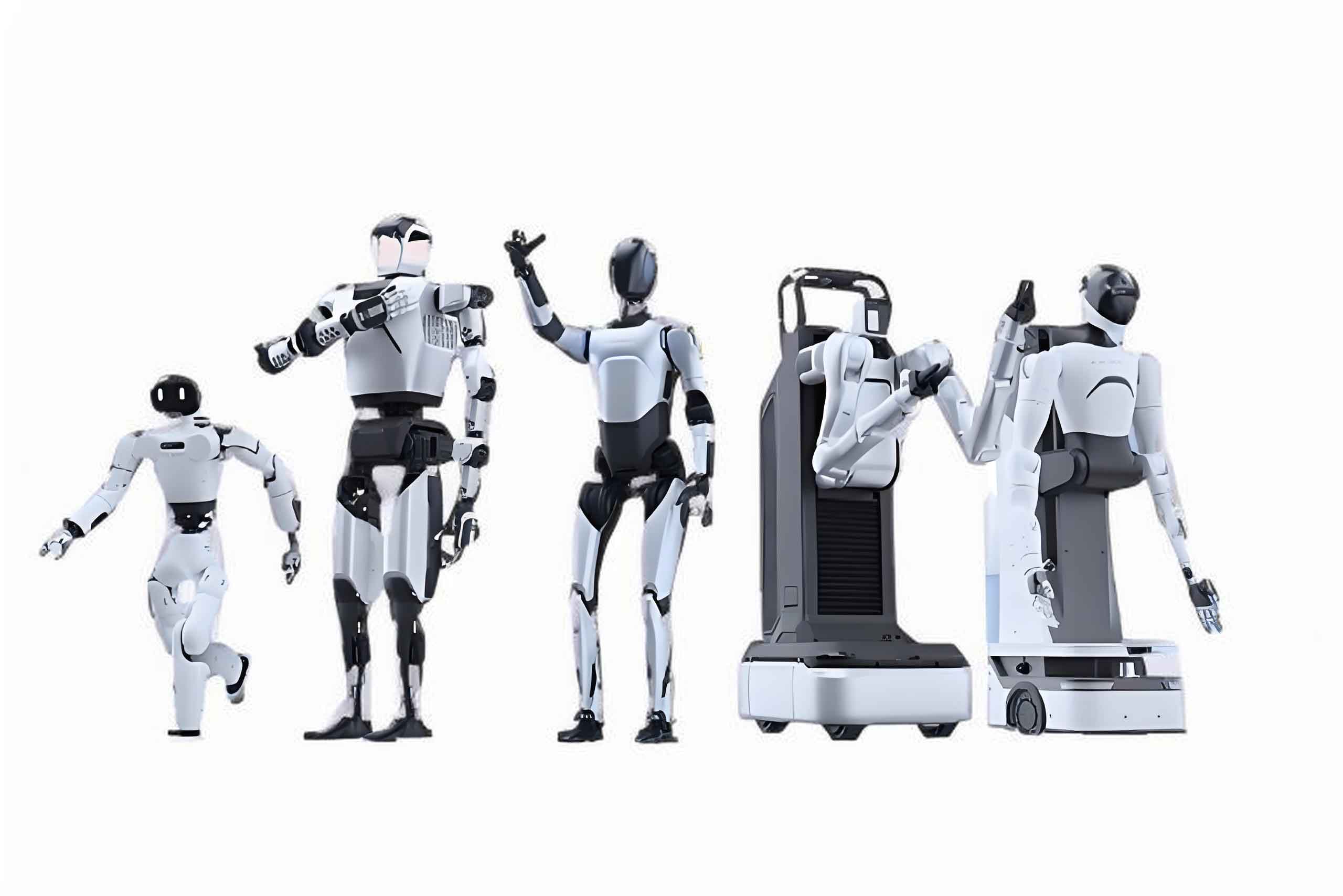Shenzhen’s innovation corridors buzz with activity as China accelerates its dominance in the AI robotics sector. Industry data reveals unprecedented growth in commercial deployments, positioning the nation as the epicenter of next-generation automation. The convergence of state-backed initiatives, intellectual property advancements, and private-sector ingenuity fuels this transformation.

Strategic Foundations
China’s technology blueprint prioritizes scalable AI robot integration across manufacturing, logistics, and urban management. Recent IP reforms, including streamlined trademark registrations for AI-driven systems, create a fertile ecosystem. RoboSense—a pioneer in LiDAR-enabled robotics—exemplifies this momentum. Its sensor technologies now underpin autonomous fleets from Shenzhen to Shanghai, reducing human labor costs by up to 40% in warehouse operations.
Market Expansion
Export figures underscore China’s global influence. AI robot shipments to 64 countries grew 30% year-over-year in 2023–2024, with Southeast Asia and Europe as primary recipients. Customizable logistics AI robots dominate this trade, capable of navigating complex environments without infrastructure overhauls. Industry analysts attribute this to China’s MEMS (Micro-Electro-Mechanical Systems) breakthroughs, enabling mass production of cost-effective robotic components.
IP Protections Drive Investment
The National Intellectual Property Administration’s 2025 trademark policies have catalyzed R&D investments. Over 81 patent filings related to AI robot cognition algorithms were logged in Q1 2025 alone. This framework shields innovations like adaptive machine learning modules, allowing firms to secure licensing deals with Western automakers and healthcare providers.
Corporate Case Study: RoboSense
RoboSense’s “Robo FSD” trademark, registered January 2025, anchors its autonomous navigation suite. Their AI robots now manage 31% of China’s smart port operations, using real-time data fusion to optimize cargo handling. CEO initiatives emphasize public-private R&D partnerships, accelerating commercial pilots in agriculture and disaster response.
Global Implications
Competitors face dual pressures: collaboration or obsolescence. China’s subsidized testing zones—like Shenzhen’s Robotics Valley—attract multinationals seeking rapid prototyping. Meanwhile, ethical debates intensify as AI robots enter elder care and education. Beijing’s draft regulations on “embodied AI” signal proactive governance, though international standards remain fragmented.
Future Trajectory
Projections suggest China will deploy 5 million specialized AI robots by 2030. Energy-efficient models and swarm intelligence networks represent the next frontier. As supply chains digitize, China’s fusion of policy agility and engineering prowess redefines automation’s role in global commerce—one algorithm at a time.
